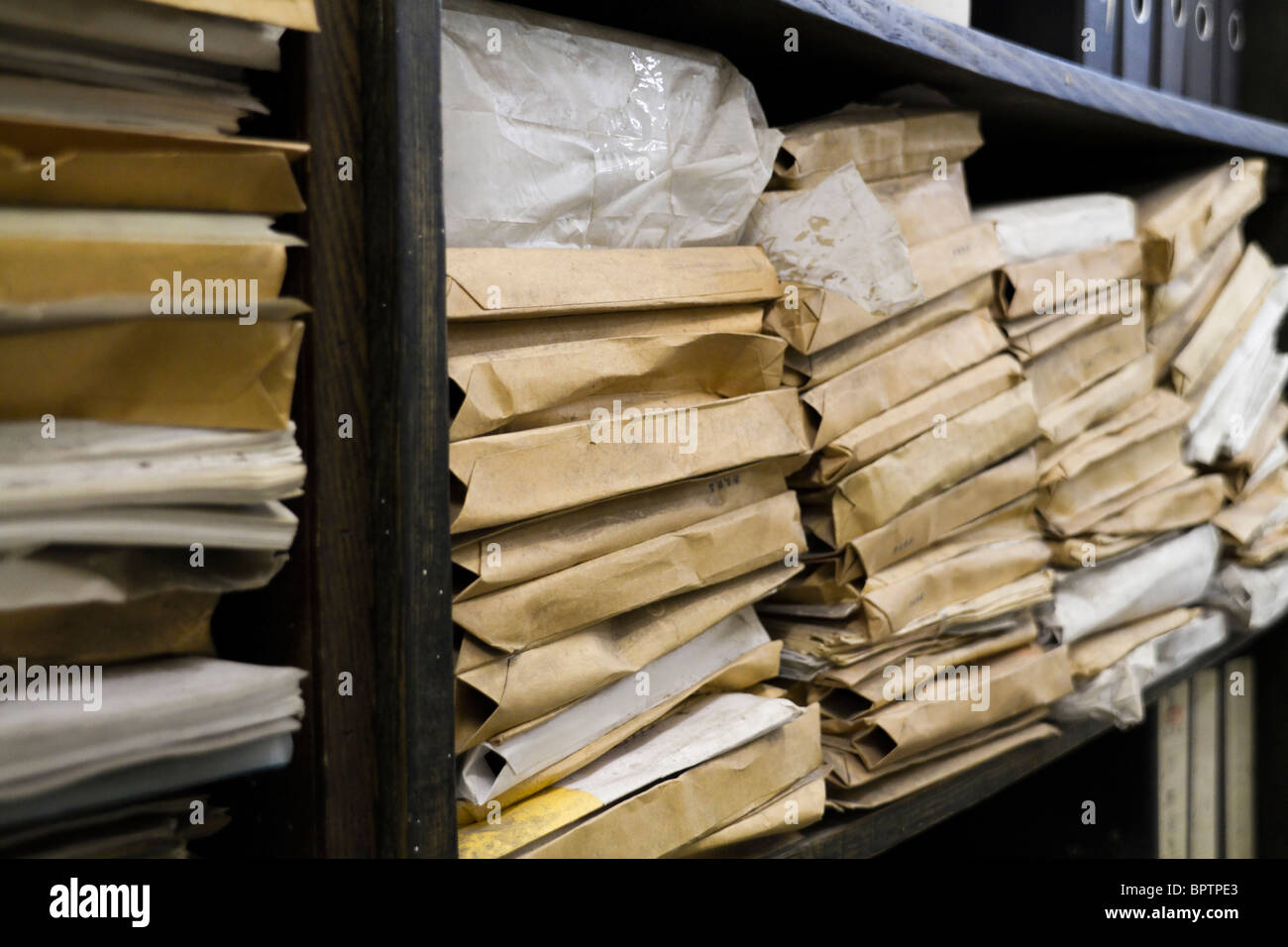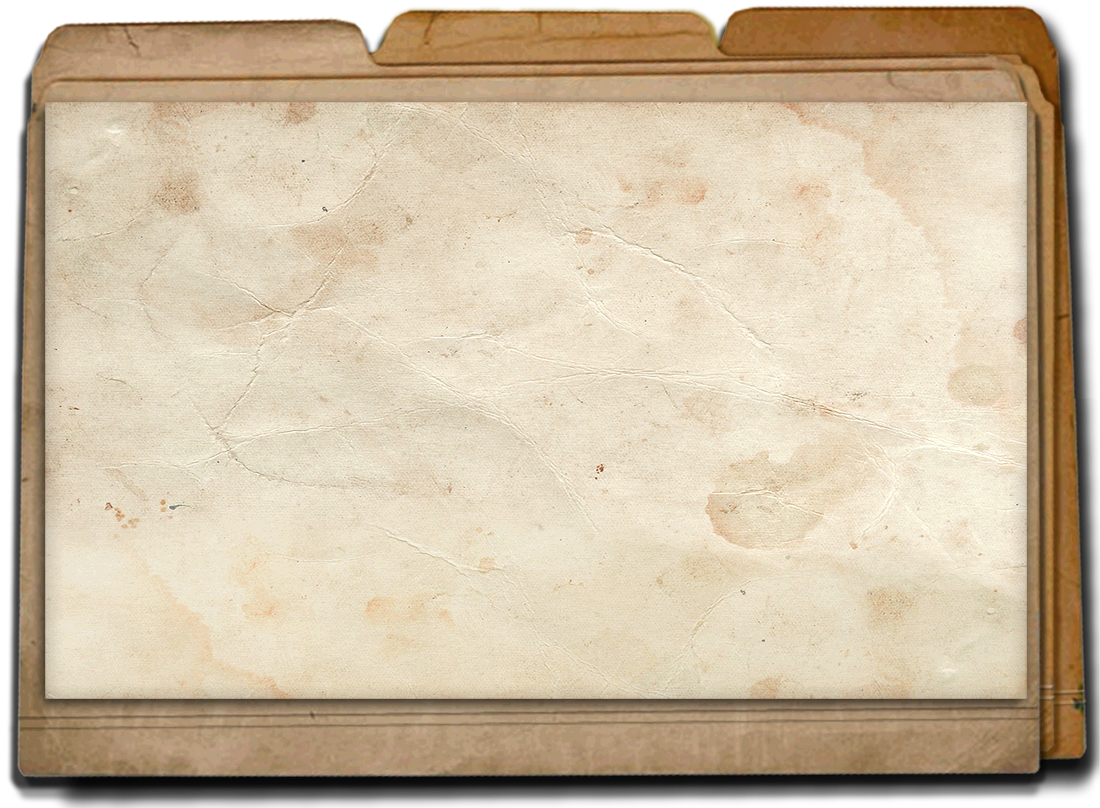The History and Evolution of Filing Cabinets: Old Filing Cabinet Folders

Filing cabinets, ubiquitous in offices and homes, have evolved significantly over the centuries, reflecting the changing ways we store and access information. Their history is intertwined with the development of paper-based recordkeeping and the ongoing quest for efficient information management.
Early Forms and Materials
The earliest forms of filing systems predate the modern filing cabinet. Ancient civilizations used clay tablets, papyrus scrolls, and later, parchment to record information. These were often stored in chests, boxes, or shelves.
The development of the printing press in the 15th century led to a surge in paper production, creating a need for more organized storage. Early filing systems included simple wooden boxes, drawers, and shelves. These systems were often custom-built to accommodate specific document sizes and types.
The Emergence of the Filing Cabinet
The modern filing cabinet emerged in the 19th century, driven by the growth of businesses and the need for more efficient recordkeeping.
- 1890s: The first commercially produced filing cabinets were introduced, typically made of wood and featuring simple drawers. These early cabinets were often designed for specific industries, such as banking and insurance.
- Early 20th century: The development of steel fabrication techniques led to the production of sturdier and more fire-resistant filing cabinets. These cabinets were also designed with features like suspension drawers and locking mechanisms to enhance security.
- Mid-20th century: The introduction of lateral filing cabinets revolutionized office organization. These cabinets featured wider drawers that allowed for easier access to documents and increased storage capacity.
The Impact of Filing Systems on Information Management
The development of filing cabinets had a profound impact on information management.
- Increased Efficiency: Filing cabinets allowed for the efficient organization and retrieval of documents, streamlining business operations and improving productivity.
- Improved Security: Filing cabinets provided a secure way to store sensitive documents, protecting them from theft, damage, and unauthorized access.
- Standardization: The widespread adoption of filing cabinets led to the standardization of document sizes and filing systems, facilitating communication and collaboration across organizations.
The Significance of Old Filing Cabinet Folders

Old filing cabinets hold a treasure trove of information that can shed light on the past and offer valuable insights into various aspects of history, society, and personal lives. These folders, often overlooked and forgotten, serve as silent witnesses to bygone eras, preserving a wealth of data that can be invaluable for researchers, historians, genealogists, and individuals seeking to understand their own family heritage.
The Importance of Preserving Historical Documents
Preserving historical documents found in old filing cabinets is crucial for several reasons. These documents provide a tangible connection to the past, allowing us to understand how people lived, worked, and interacted with their environment. They offer a glimpse into the social, economic, and political landscape of a particular time, revealing trends, patterns, and challenges faced by individuals and communities.
For example, old business records can provide insights into economic practices, industry trends, and the evolution of companies. Personal letters and diaries offer intimate glimpses into individual lives, their hopes, dreams, and struggles. Legal documents, such as contracts, deeds, and wills, illuminate legal practices, property ownership, and social structures.
Furthermore, preserving these documents ensures that future generations have access to the past, allowing them to learn from past mistakes, celebrate achievements, and understand the complexities of history.
The Potential Historical Value of Old Filing Cabinet Documents for Research and Genealogy
Old filing cabinet folders are a rich source of information for researchers and genealogists. They contain a diverse range of documents that can help piece together family histories, trace ancestral lineages, and uncover forgotten stories.
For genealogists, old filing cabinets can be a goldmine of information. Birth certificates, marriage licenses, death certificates, census records, and property deeds can provide crucial details about ancestors, their relationships, and their movements across time and space. Letters, diaries, and photographs can offer intimate glimpses into the lives of ancestors, their personalities, and their experiences.
Researchers in various fields can also benefit from the information found in old filing cabinets. Historians can use these documents to study social, economic, and political trends, while sociologists can analyze patterns of social interaction and cultural practices. Economists can examine business records to understand economic fluctuations and industry growth, while legal scholars can analyze legal documents to trace the evolution of legal systems and practices.
Types of Information Typically Found in Old Folders and Their Relevance to Various Fields, Old filing cabinet folders
Old filing cabinets contain a wide array of documents, each offering unique insights into various fields. Here are some common types of information found in old folders and their relevance:
- Business Records: These documents provide insights into economic practices, industry trends, and the evolution of companies. They can include invoices, receipts, ledgers, contracts, financial statements, and correspondence. For example, old business records of a textile factory can reveal information about production methods, labor conditions, and market trends in the textile industry during a specific period.
- Personal Records: These documents offer intimate glimpses into individual lives, their hopes, dreams, and struggles. They can include letters, diaries, journals, photographs, and personal financial records. For example, a collection of letters between a couple during World War II can provide insights into the emotional impact of the war on individuals and families.
- Legal Documents: These documents illuminate legal practices, property ownership, and social structures. They can include contracts, deeds, wills, court records, and legal correspondence. For example, a deed from the 19th century can reveal information about land ownership, property boundaries, and social hierarchies of the time.
- Government Records: These documents provide insights into government policies, administrative practices, and societal changes. They can include census records, tax records, military records, and government correspondence. For example, census records from the 19th century can reveal information about population demographics, migration patterns, and living conditions.
- Educational Records: These documents offer insights into educational practices, curriculum development, and student performance. They can include student records, teacher records, school board minutes, and educational publications. For example, student records from a 19th-century school can reveal information about the subjects taught, the teaching methods used, and the educational opportunities available to students of that era.
The Challenges of Managing and Preserving Old Folders

Managing and preserving old filing cabinet folders presents a unique set of challenges, particularly as they age and deteriorate. These challenges stem from the physical nature of the folders and the potential loss of information they contain.
Physical Deterioration
The physical integrity of old folders is a significant concern. Over time, paper can become brittle, discolored, and prone to tearing. The adhesives used in binding folders can also fail, causing pages to detach or become loose. This deterioration can make it difficult to handle the folders without damaging them, potentially leading to loss of information.
Information Access
Another challenge is ensuring easy access to the information stored within the folders. Old folders often lack standardized labeling systems, making it difficult to locate specific documents. The content itself may also be difficult to decipher due to fading ink, outdated terminology, or handwriting that is difficult to read.
Organizing and Cataloging
To address the challenge of information access, organizing and cataloging old folders is crucial. This process involves creating a systematic inventory of the folders and their contents. Several methods can be employed to achieve this:
* Creating a Database: A database can be used to store information about each folder, including its contents, date of creation, and location. This database can then be searched to quickly locate specific documents.
* Developing a Filing System: A well-defined filing system can help to organize folders based on their content or date. This system should be clearly documented and easily understood by anyone who needs to access the folders.
* Using Tags and Labels: Tags and labels can be applied to folders to help identify their contents. These tags can be color-coded or use s to facilitate quick identification.
Digital Scanning and Preservation
Digital scanning and preservation techniques are increasingly being used to safeguard historical documents. These techniques offer several advantages:
* Preservation: Scanning documents creates digital copies that are less susceptible to physical deterioration.
* Accessibility: Digital copies can be easily accessed and shared, making it easier for researchers or historians to study the documents.
* Searchability: Optical Character Recognition (OCR) technology can be used to convert scanned documents into searchable text, allowing for faster and more efficient retrieval of information.
“Digital scanning and preservation techniques are vital for safeguarding historical documents, ensuring their long-term accessibility and preservation.”
Remember those old filing cabinet folders, all dusty and filled with forgotten memories? Well, imagine a similar organization system for your bathroom, but with a modern twist! A lowes mirror medicine cabinet can be just the thing to keep your toiletries tidy and easily accessible, just like those old folders, but with a sleek, stylish look.
So, if you’re looking to upgrade your bathroom storage, why not consider a modern solution that’s just as practical as those trusty old filing cabinet folders?
Remember those old filing cabinet folders, all crammed with paperwork? Well, say goodbye to that mess and hello to a whole new level of organization with a fantastic furniture filing cabinet ! It’s like a breath of fresh air for your office, making it easy to find what you need and keep everything neat and tidy.
You’ll wonder how you ever lived without it!